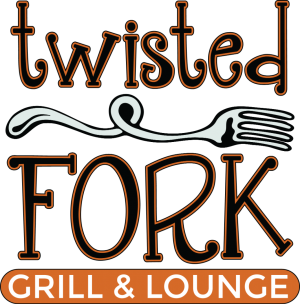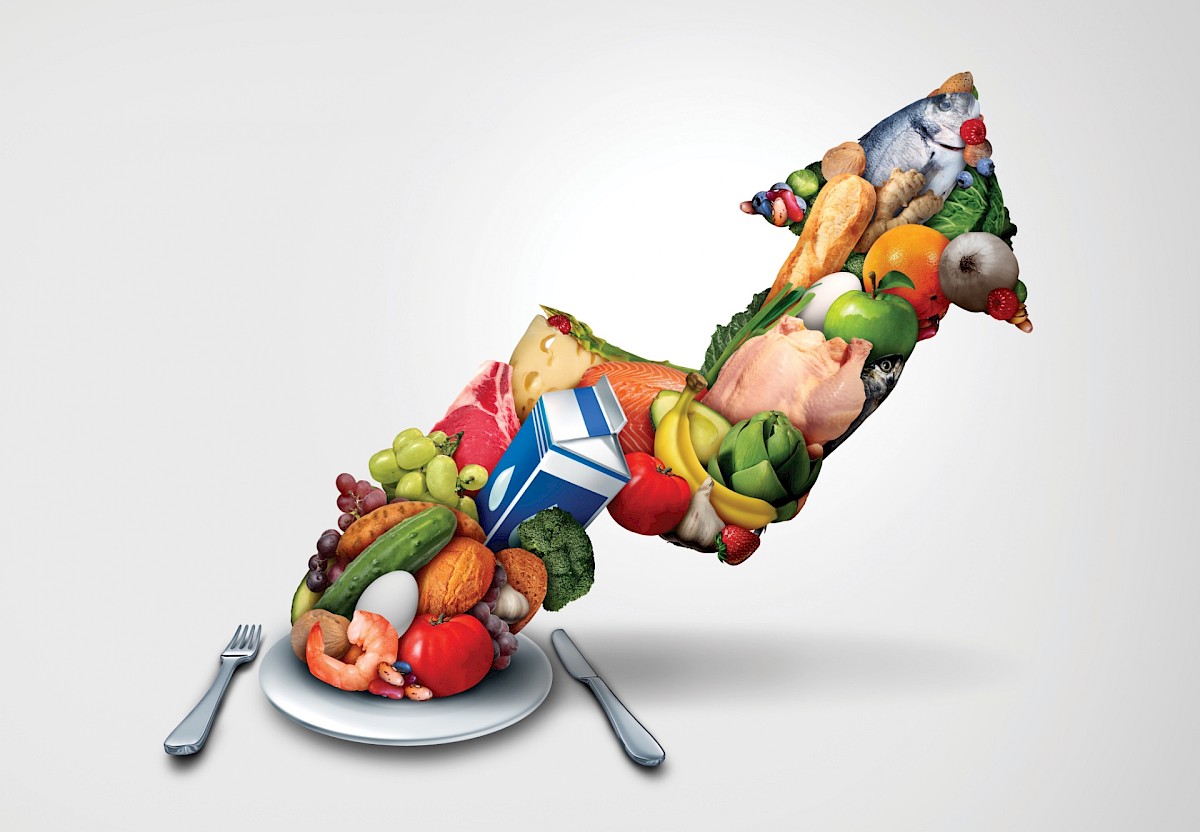Making Ends Meat
You do not have to be an economist to notice that it takes a lot more dollars to purchase the same goods or services today than it did just six months ago; six months ago, things cost noticeably more than they did 12 months ago; one year ago, they cost noticeably more than they did in a world before COVID-19. As the pandemic came to a slow roll, it is as if someone threw jet fuel on inflation, which has gobbled up all previous financial gains and increases.
Recent governmental numbers reveal an overall across‑the‑board inflationary increase of 9.1% from June 2021 compared to June 2022. This latest figure is a 41-year record high. The last time the cost-of-living shot so high, so fast, most of us were too young to notice. But we notice now.
If you keep a close eye on the news, you also know this number is an average mean. Translation: while many odd things have not increased much, or at all, the costs of key items have increased significantly more than 9.1%. When we isolate key items like fuel, automobiles, or food, we see inflation numbers that are more than double the 9.1% figure. As an example, post-pandemic wholesale chicken prices recently shot up roughly 300% and seem to have recently settled at roughly double.
The locally owned, mom-and-pop restaurant world is a very small universe to which I belong. I know many of these restaurateurs personally and am keenly aware of them through a network of wholesale food and service companies. Based on my direct industry involvement and network, I know practically all area restaurants have been forced to increase menu prices by as much as 30%. Even for me, this is a staggering upward adjustment.
If you are alarmed by the menu price increases you see, maybe this will help. I am no accountant, but there are three general categories of costs associated with any retail business, including local restaurants: Cost of Goods Sold (COGS), Labor, and General Overhead.
COGS includes food items, beverage items, and any dry goods necessary to deliver prepared food to the end consumer (cups, bags, napkins, utensils, condiments, etc.). A few months back (which corresponds to the recent June inflation numbers), in a candid conversation with a leading food wholesaler executive, it was explained to me that his company’s true year-to-year, all-inclusive COGS was up just over 18%, which means my restaurant’s COGS is up just over 18%. I can tell you that these costs have gone up further since June. Regardless of what some politicians may say today, from experience, I expect near-future inflation numbers to be worse than 9.1%.
Labor starts with hourly wages. Located in a twin city, the area’s labor market is driven by the highest minimum wage of either state. Arkansas led the way with incremental increases from $8.50/hour through December 2018 to $11/hour in January 2021. Now, add corresponding increases to employer paid tax withholdings (matching funds), worker’s compensation insurance, unemployment insurance, and other benefits calculated by base wage rates. I am as happy as anyone that employees make more for the same work, but such wage increases have a very direct bearing on the prices we pay for things like cheeseburgers, vehicles, or absolutely everything.
General overhead will include costs associated with real estate (lease rates or interest expense), utilities and other provider services, necessary governmental fees and licenses, property taxes and insurance. Nobody remembers this expense category, as the other categories demand our attention. Almost all these types of expenses are calculated based on real-estate values. I will forgo any economic detail and offer one correlation: the recent impressive escalation in residential real-estate values (that all homeowners love) has a direct correlation to an escalation of all these business expenses.
While real estate is expected to cool significantly in the immediate future, the most current Zillow market report dated July 19, 2022, states that year-to-year values are increasing at “the current pace of 19.8%.” (www.zillow.com/research/home-value-sales-forecast-july-2022-31240/). These general overhead expenses are exploding upward, just like your home’s value.
None of us have a crystal ball. We have no idea what the future holds. What we do know is that area menu prices are on a big upward move. I am confident that demand will stick, but wholesalers and providers tell me more, and worsening shortages are a virtual promise. If true, prices must go up further still. Speaking as a customer, it is frustrating, to say the least, and downright unsettling at worst.
Speaking as a restaurateur, it is a threat to my very future, my ability to feed my family. I can assure you, our businesses are subject to the same high-rising costs and frustrations that we all face as individuals. Please take a moment to consider; COGS is up 18%, Labor is up 23%, and General Overhead is 20%. I am being conservative. A 30% increase in retail menu pricing begins to sound like a bargain.
The bottom line is that local restaurateurs are not raising their menu prices to increase profit margins or gouge customers; we are raising our menu prices to keep our doors open.
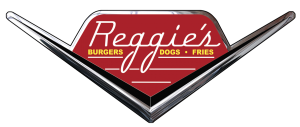

"The Texarkana Newk’s survived COVID with the help of us building the first drive-thru in the Newk’s system of 105 stores. Wendy’s drive‑thru stayed open as well. That, along with our dedicated staff at Newk’s and Wendy’s, kept us open when many businesses were shut down.
Both Newk’s and Wendy’s have faced the same pressure of increased food and labor costs as all restaurants in our area have. Although our sales since COVID 2020 are up 21-22%, food cost is up 10‑12%, along with a labor increase of 20%. A large part of Wendy’s sales increase has come from Wendy’s implementation of breakfast and value meals. Especially the $5 biggie bag and much-improved fries. The margins on Biggie Bags are much smaller than regular combos. Price increases for both restaurants have been implemented to cover some, but certainly not all, of these increases. Our customers have been most understanding not only with the price increase but our struggle with labor and the inability to obtain products.
We have three convenience stores tied in with three Wendy’s locations. Sales are flat, and labor is up 35% for the Arkansas locations, primarily due to the increase in the minimum wage over the last two years. Getting products has been extremely difficult. Even strong companies like Coca-Cola struggled to deliver in the peak season of summer.
The PPP (Paycheck Protection Program) allowed us to keep many of our employees fully employed. The ERC (Employee Retention Credit) kept us from laying off staff and allowed us to compensate with bonuses for those who stayed with us. We are thankful for the government subsidies but are also aware this will eventually come back to us in the way of inflation, higher interest rates, and possibly recession.
It has been a challenge, but we have somewhat thrived because of stronger brand awareness. Wendy’s, especially with breakfast, has great promotional products in sandwiches and the new strawberry frosty. Wendy’s social media has done a great job with this. Along with our partners, growth plans are four stores in east Texas, growing toward Dallas, and construction soon begins in Broken Bow, Oklahoma. Our other locations are inside travel centers.”
—Daphne Cox, Newk’s Eatery and Wendy’s
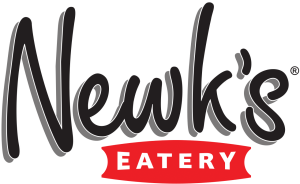
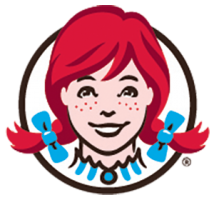
"We have seen an unprecedented and steady rise in the cost of key items… if they are available at all! In some cases, the product may be available but not the packaging, so you can’t get it. Julie’s is known for, and committed to maintaining the same high quality that our customers depend on us to provide for them and their families. Now, the cost of ingredients is one thing, but the increase in labor costs/reduction of availability has only compounded the problem. I hear people complain about the current state of the hospitality workforce, and that is real. I don’t think it’s a case of people not wanting to work; I think we have a significant number of the hospitality industry leaving the business entirely. Hospitality is hard. But it is easier when you have great customers—like Julie’s does! We are so fortunate to have such a great core group of AMAZING Julie’s employees that are still here every day making delicious food. We struggle with finding part-time staff even though we offer a much higher-than-average wage, PTO, bonuses, college tuition reimbursement, employee discounts, and amazing work culture. Our part-time schedules are perfect for college students!
Special event catering has caused us to get out of our comfort zone in this economic climate. We know that weddings are typically once-in-a-lifetime events, and every bride dreams of her perfect day. Making sure the wedding couple gets everything they want with a budget that only covers a portion of the dream event makes for some creative compromises. We are seeing a lot fewer full-service events and a lot more set-up & drop-off events. This compromise really has helped with being able to accommodate events that have tighter food budgets and still being able to offer delicious Julie’s catering.”
—Jennifer Tanner, Julie’s Deli
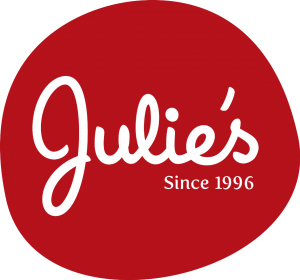
"With nationwide increases in the cost of food and other goods, we tried to be thoughtful and strategize ways to increase the value of the dining experience at our restaurant. Though we had to increase the prices of some items on our menu, we tried to counteract this increased cost to visitors by enhancing the level of service they receive. We’ve done this by adding live entertainment more nights per month and trying out new acts. Our bar manager, Mackensie, is a first-rate mixologist, creating delicious new cocktail specials that run all month long. Having all of our desserts made by our amazing in-house pastry chef, Bri, is a huge draw to those who cannot find these sweets anywhere else. We have increased our social media presence to keep Texarkana engaged with our happenings. Our food specials run all month on the weekends, allowing all our customers to come in and try new dishes at affordable prices. All of these have helped us keep our seats filled despite new economic challenges. But, as a team leader, I cannot say enough good things about my staff. They show up ready to work, and they leave it all on the field. Ultimately, the only way we thrive is by working together to provide the absolute best experience to each individual that walks through our doors. In my experience, our greatest investment should be in our people. Take care of your people, ensure loyalty and longevity, and they will, in turn, take care of your customers. And, in my humble opinion, we have the best customers in town!”
—Jodi Griffin, Twisted Fork
